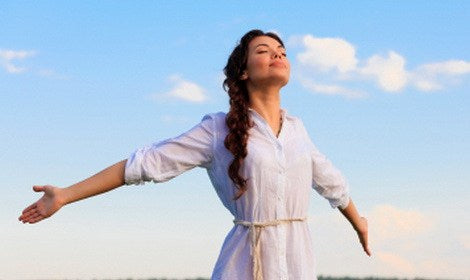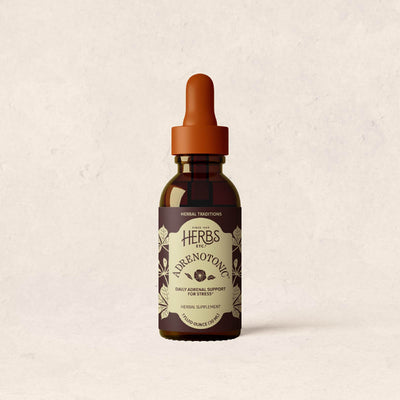How we breathe.


The lungs are located inside the rib cage. They are made of spongy, elastic tissue that stretches and constricts as we breathe. The trachea and the bronchi are the airways that bring air into the lungs; they are made of smooth muscle and cartilage, which allows the airways to constrict and expand. The lungs and airways bring in oxygen-enriched air and get rid of waste carbon dioxide made by the cells.
When we inhale, the diaphragm and the intercostal muscles (muscles between the ribs) contract and expand the chest cavity, which allows air to flow in through the airways and inflate the lungs. When we exhale, the diaphragm and intercostal muscles relax and the chest cavity gets smaller, which forces air to flow from the lungs and out of the airways to the outside air.
As we breathe air in, it goes into the trachea and continues down through the larynx until it reaches the bronchi. From here, air passes into each lung. The air then follows the thousands of smaller, thinner branches called the bronchioles. These tubes end in bunches of tiny round air sacs called alveoli. Each of these air sacs is covered in a mesh of tiny blood vessels called capillaries. These capillaries facilitate the delivery of oxygen to the blood and the removal of carbon dioxide from the blood.


